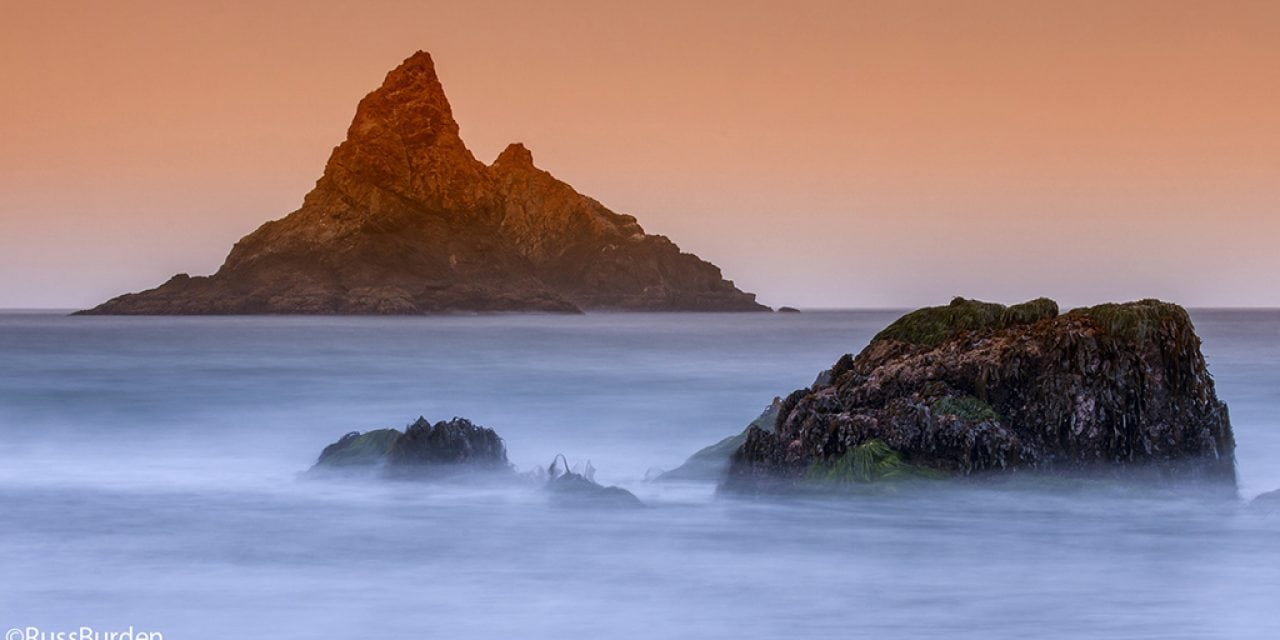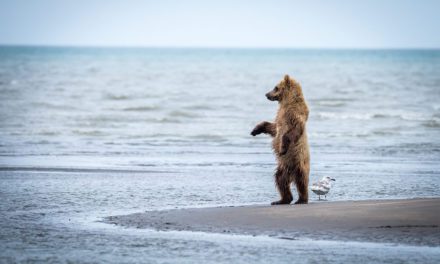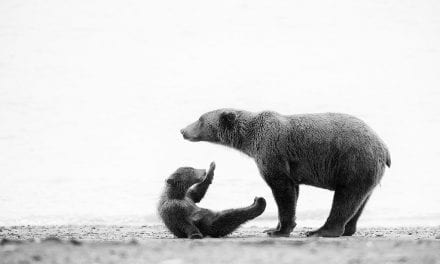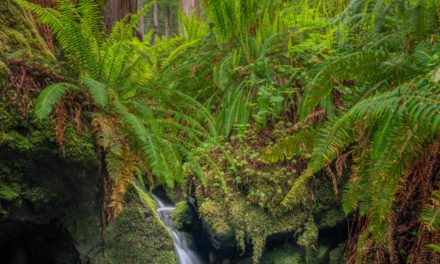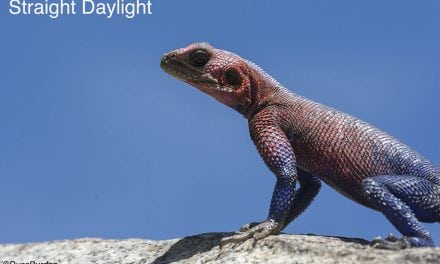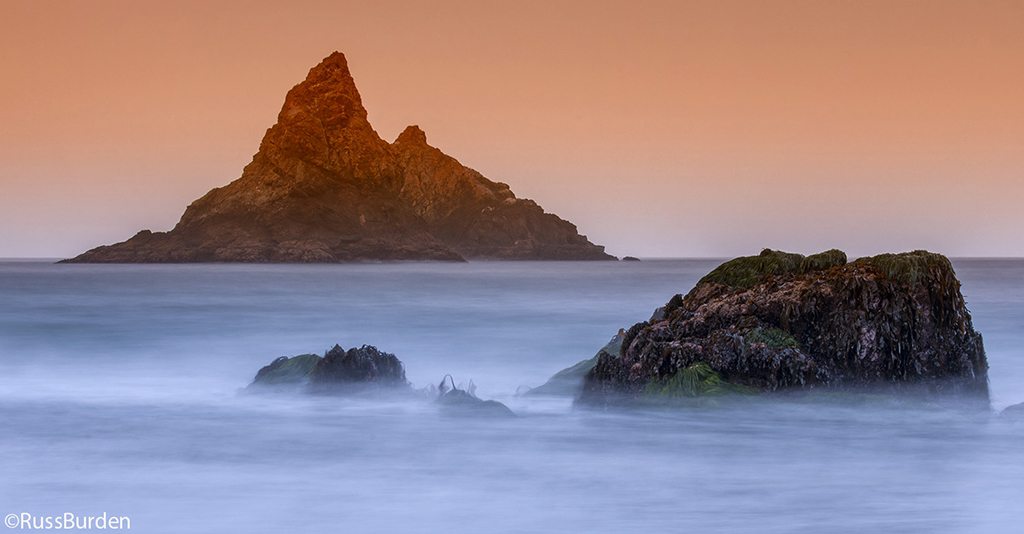
If you don’t know what “to think outside the box” means, simply translated it’s to think in unconventional ways and view concepts from a different perspective. It often relates to visionary thinking and to look beyond the obvious. Photographically, if you think outside the box you go beyond a simple press of the shutter. You try something outside your comfort zone. You acknowledge the unique and experiment. I share with you some photographic ways to think outside the box.
Time’s Not Up: Get your hands on a neutral-density filter that’s a minimum of 3 stops. Six is better. Stack the two to create 9 stops. Add a polarizer, and you’ll have enough light-stopping capability to obtain slow exposures mid day. Set your ISO to the lowest possible setting and spin the aperture to ƒ/22. Photograph anything that moves—clouds, people, ocean waves, streams, vehicles, athletes—anything is fair game. Create a composition and make a photo. Note the corresponding shutter speed. Check the LCD to evaluate the result. If too much movement occurs, open the aperture, raise the ISO to speed up the shutter or remove one of the ND filters. A whole new world of photography awaits.
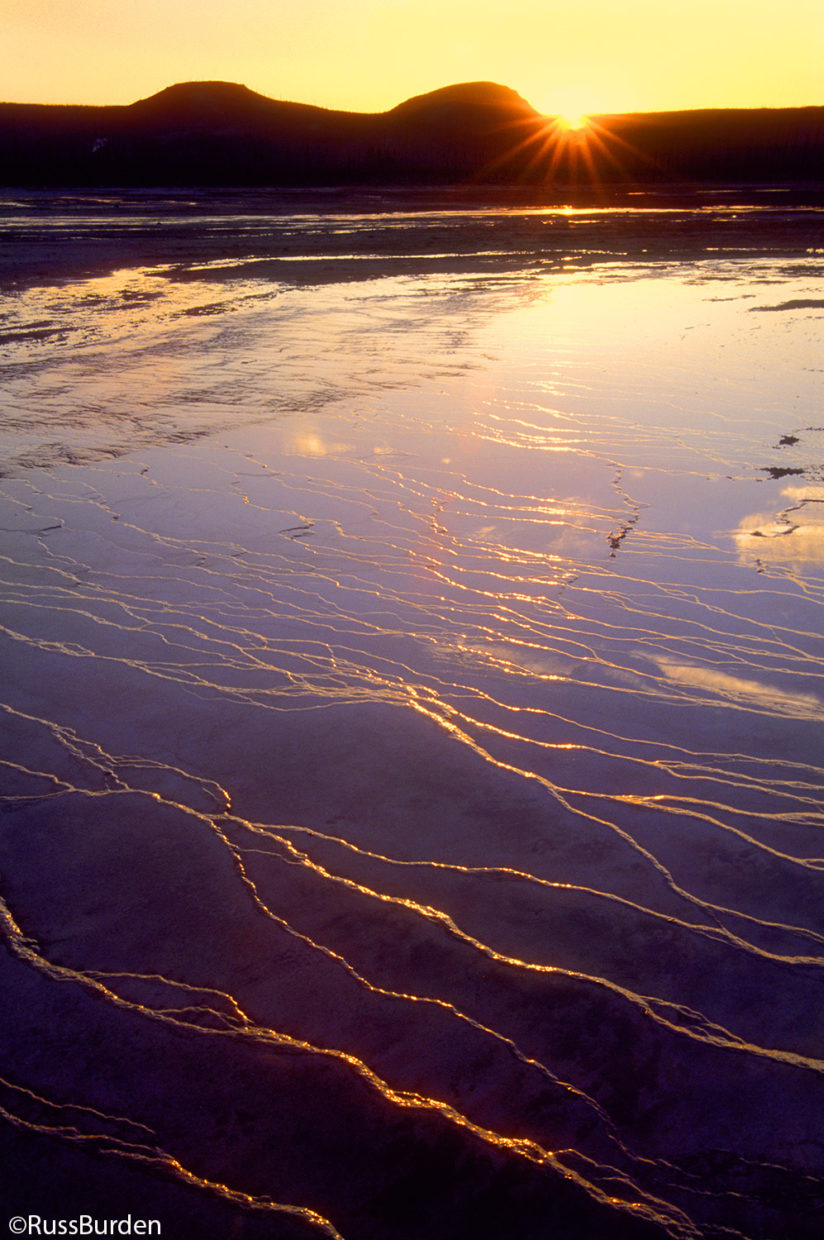
Point Your Lens Toward The Sun: Use backlight to make creative silhouettes. Find subjects with interesting shapes and sizes. The shape is important because the photo is reduced to the outline of the subject. Use subjects that are outlined with small hairs, as they’ll glow. Expose the image to emphasize the glow. Depending on how much of the sun is included in the viewfinder, you may record flare. Try to exaggerate the flare and use it to your advantage. Let the sun peak out from behind part of the subject and stop the lens down to ƒ/22 to create a sun star effect. Be sure just a small part of the sun is visible. There’s a fine line between including too much and not enough of the sun to produce the star effect from the aperture blades of the lens.
Dig Out An Old Friend: I don’t often use my Lensbaby, but when I do I wonder why I don’t use it more. It’s a fun lens that allows me to bend the plane of focus. Part of the image remains sharp while a different area shows focus distortion. Using this effect, I can lead the viewer to a given part of the image. I maintain sharpness on the part I want the viewer to notice and bend the plane of focus over the other.
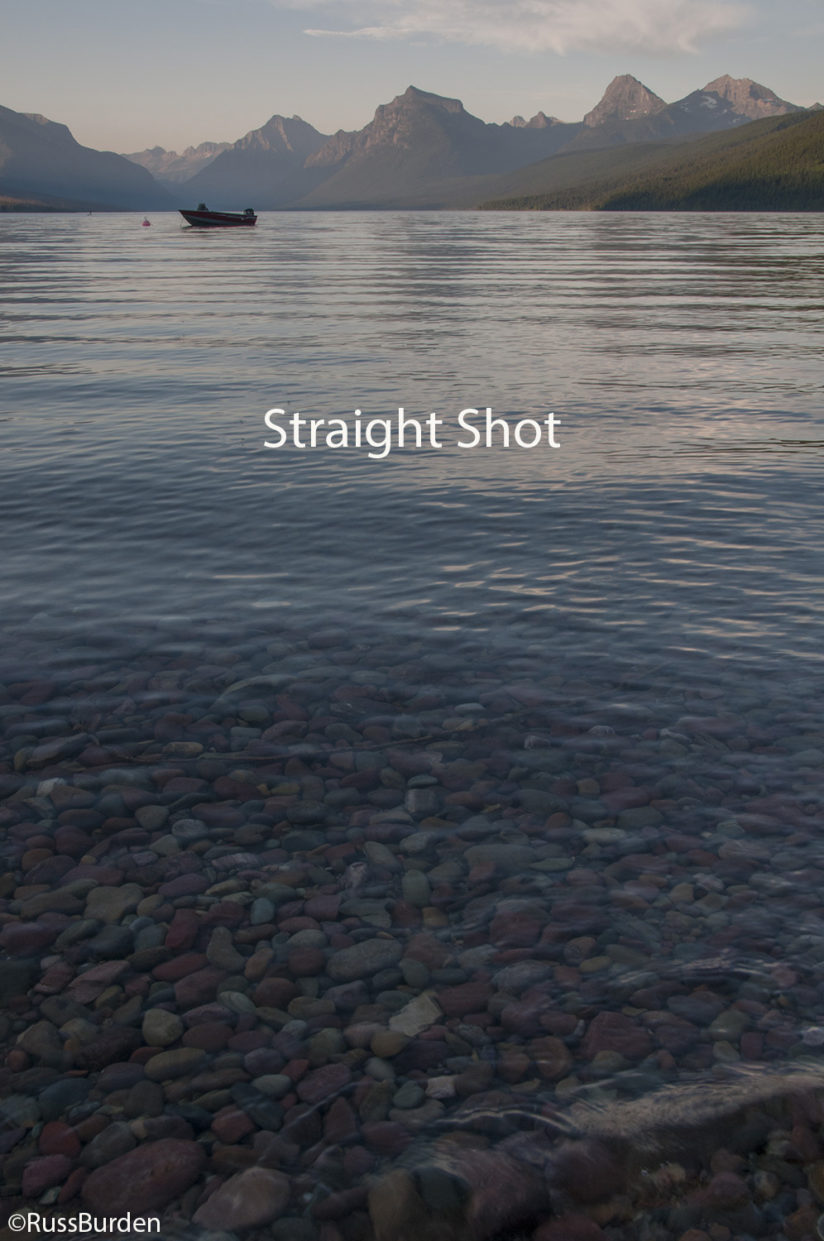
Flash: Add flash to bring your photography to the next level. Go beyond the simple aspect that it supplements light. Get out the manual and read it—now that’s an outside the box concept in itself. In all seriousness, I encourage you to do so. You’ll discover possibilities you never knew existed. Set the flash to stroboscopic and record movement to create strobe light effects. Try slow speed synch to record movement. Go into manual mode and use a slow shutter speed—pop the flash at the end, beginning or middle of its movement to freeze it at a given point.
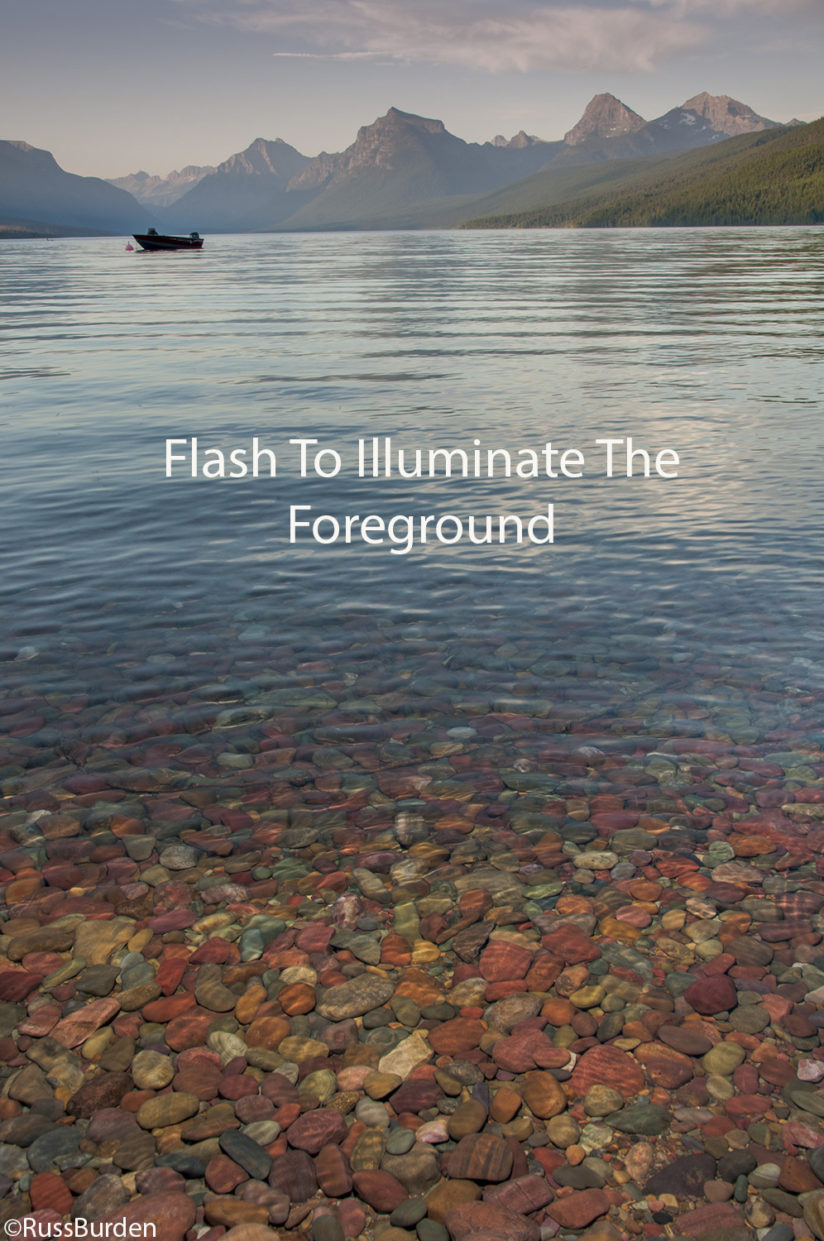
Did Someone Mention Wind? Wind can wreak havoc on moving subjects. Many photographers who want to photograph fields of flowers sit and wait for a lull. Rather than wait, think outside the box. The stronger the wind, the more the flowers move. Use this to your advantage. Exaggerate the motion to paint color onto the sensor. Fields of flowers, deciduous trees, grasses, curtains in a window, long hair on a model and many other subjects are all fair game. The next time you encounter wind and wish it wasn’t there, take advantage of the hand you’re dealt. You may find yourself wishing it would blow more often!
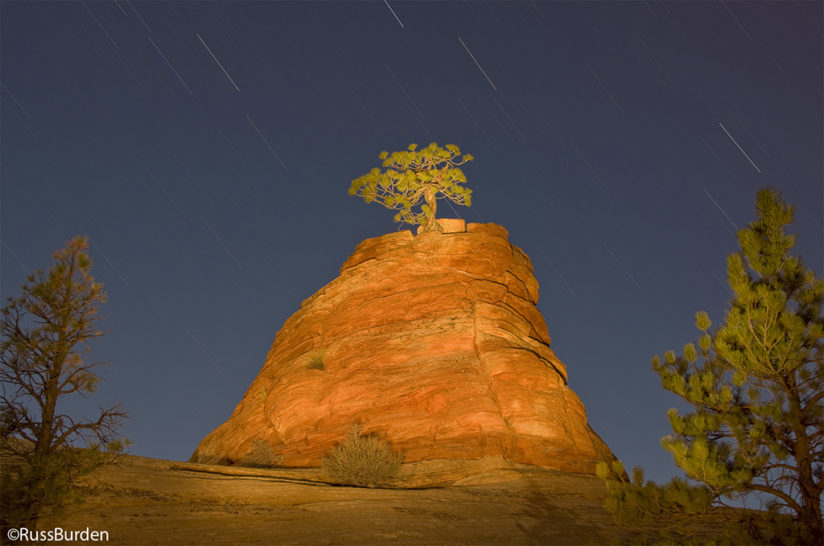
Light Paint: Dusk, dawn and night work well to light paint. At dusk and dawn, a slight bit of light lives in the sky so your subject shows separation. Try to get an exposure of around 20 seconds. Use a high-power flashlight. At the time you press the shutter, paint the light emitted by the flashlight on your subject. Continue to do so throughout the exposure using even swipes. Be sure you cover all areas of the subject. Evaluate the exposure on the LCD and make adjustments as needed to make sure the exposure from the flashlight and ambient light are married.
Visit www.russburdenphotography.com for information about his nature photography tours and safari to Tanzania.
The post Shoot Outside The Box appeared first on Outdoor Photographer.

